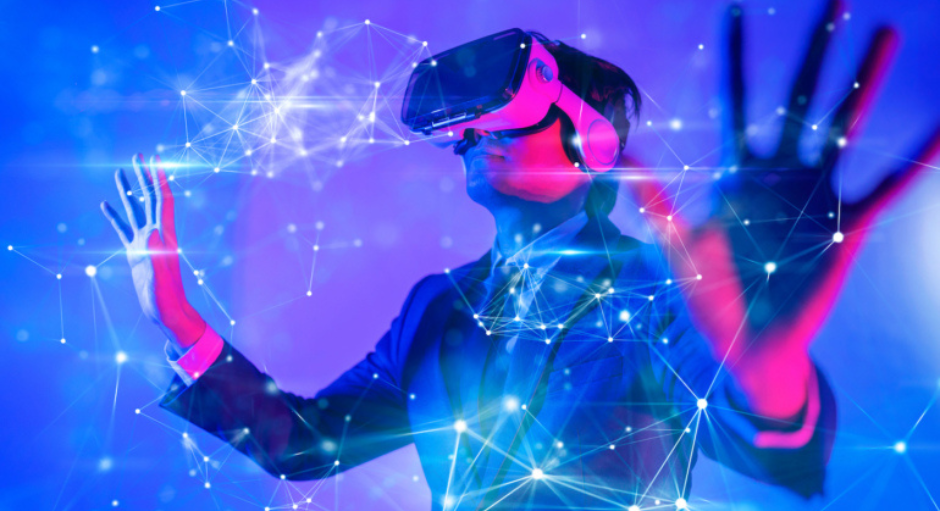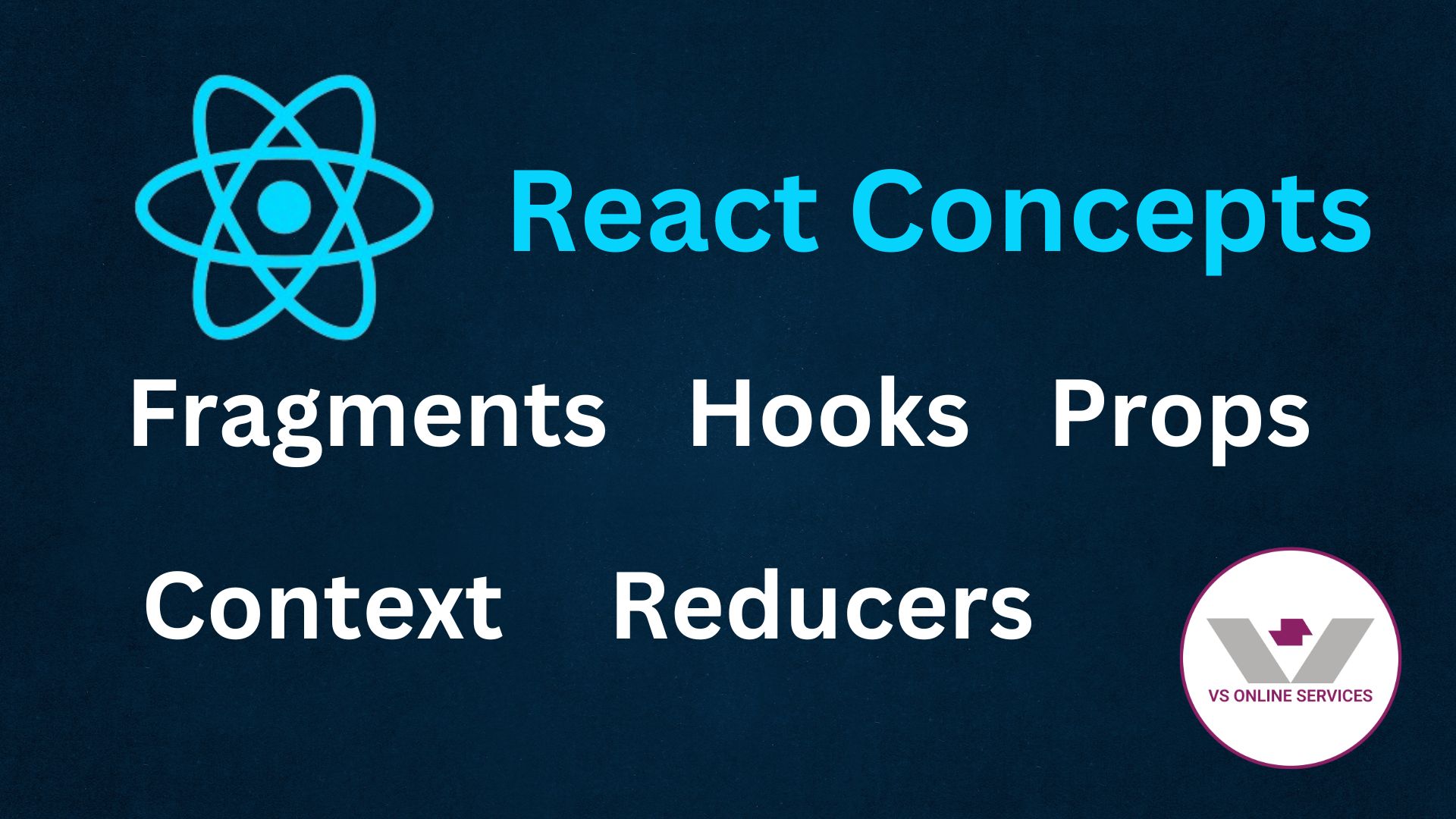16th July 2023
Revolutionizing Sports Training and Analysis with Extended Reality (XR)

In the world of sports, where the tiniest improvements can lead to significant victories, technology has been a game-changer. Extended Reality (XR) - an umbrella term that includes Augmented Reality (AR), Virtual Reality (VR), and Mixed Reality (MR) - has emerged as a transformative force in sports training and analysis. It offers athletes, coaches, and teams new ways to train, strategize, and gain an edge over the competition. In this blog, we'll explore how XR is revolutionizing sports training and analysis.
Immersive Training Environments
Virtual Reality (VR) allows athletes to train in immersive virtual environments. For example, a basketball player can practice shooting free throws in a VR gym, replicating game situations. This immersion helps athletes develop muscle memory and improve their skills in a controlled environment.
Simulation-Based Training
XR simulations provide athletes with opportunities to practice scenarios that are difficult to replicate in real life. Football quarterbacks can rehearse plays against virtual defenses, and soccer players can fine-tune their penalty kicks in AR simulations.
Data-Driven Performance Analysis
XR devices equipped with sensors collect real-time data on an athlete's performance. This includes metrics like speed, acceleration, heart rate, and more. Coaches can analyze this data to identify strengths and weaknesses, making data-driven decisions to enhance performance.
Tactical Analysis
XR allows coaches and teams to create virtual replicas of playing fields and courts, enabling in-depth tactical analysis. Coaches can strategize and make adjustments in 3D space, exploring different plays and formations before implementing them on the field.
Injury Rehabilitation
Injury rehabilitation is a critical aspect of an athlete's journey. XR offers interactive and engaging rehabilitation exercises. For instance, a basketball player recovering from a knee injury can use VR to follow a rehabilitation program that includes precise movements and exercises.
Remote Coaching
XR facilitates remote coaching. Coaches can view an athlete's performance in real-time through AR glasses or receive video footage captured by VR headsets. They can provide instant feedback and guidance, even if they are miles away.
Enhanced Fan Engagement
XR isn't just for athletes and coaches; it also enhances fan engagement. Spectators can enjoy immersive experiences, such as watching a live game through VR headsets, giving them a front-row seat from the comfort of their homes.
Mental Conditioning
Mental conditioning is a vital aspect of sports. XR provides tools for athletes to practice mindfulness, visualization, and focus techniques. VR environments can simulate high-pressure game situations to help athletes remain calm under stress.
Performance Analytics
XR platforms offer advanced analytics tools that help teams and athletes dissect performance data. This goes beyond simple statistics, providing insights into movement patterns, decision-making, and more.
Skill Development
For sports like golf or tennis, where precise movements are crucial, XR can break down and analyze an athlete's technique. Athletes can receive real-time feedback on their swings or serves, helping them refine their skills.
Conclusion
In conclusion, Extended Reality (XR) is transforming the landscape of sports training and analysis. It offers a level of immersion, data analysis, and interactivity that was previously unimaginable. Athletes, coaches, and teams are leveraging XR to gain a competitive edge, improve performance, and provide fans with unforgettable experiences. As XR technology continues to evolve, we can expect even more groundbreaking advancements in the world of sports. The future of sports training and analysis is undoubtedly an exciting one, where the boundaries of human potential are constantly pushed.




